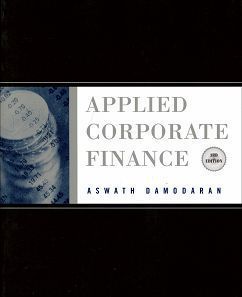書籍分類

Financial Management: Theory and Practice 2/e (An Asia Edition)
作者:Ser-Keng Ang, Jack Hong, Annie Koh, Eugene F. Brigham, Michael C. Ehrhardt
原價:NT$ 1,450
ISBN:9789814962650
版次:2
年份:2021
出版商:Cengage Learning
頁數/規格:1254d頁/平裝彩色
參考網頁:Financial Management: Theory and Practice 2/e
版次:2
年份:2021
出版商:Cengage Learning
頁數/規格:1254d頁/平裝彩色
參考網頁:Financial Management: Theory and Practice 2/e
內容介紹 目錄
- Description
- Examples of leading Asian companies and elaboration of how these firms are leading the charge in their respective industries globally.
- Chapters adapted to explaining both the practices and nuances in the Asian markets and the differences in corporate sectors.
- Additional discussions regarding new areas of financing, such as green finance, REITs, and Islamic Banking.
- An introduction to alternative financial services platforms increasingly being adopted across Asia, such as e-Wallet, shadow banking, peer-to-peer lending, microfinance, and crowdfunding.
- Insights on new and emerging risks in risk management, such as cyber-security and supply chain risks.
The second Asia edition of Financial Management: Theory and Practice gives readers a fresh perspective on the latest trends of the financial world. The entire world has experienced heightened disruption and uncertainty with the 2019 global pandemic and the trade war between China and the US. The world of finance has not been spared the impact of these disruptions. Rapid technological change, especially in communications, has fundamentally altered competitive landscapes and the way firms compete.
Increasingly, industry norms and conventions have been under rising pressure to maintain their relevancy or become obsolete. Leveraging on the power of platforms, personal data, analytics, and artificial intelligence, Asian countries have been at the forefront of progress in driving consumer behavior and changing the way business is conducted and delivered. This rapid progress has affected not only the financial performance of firms but also the way financial decisions are made and how financial management should be carried out.
To help you understand the rejuvenation of financial management, this new Asia Edition includes:







